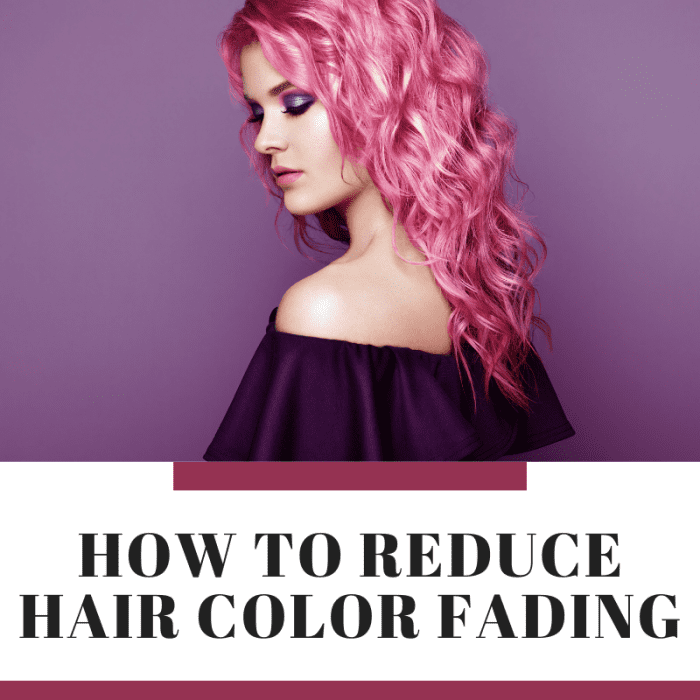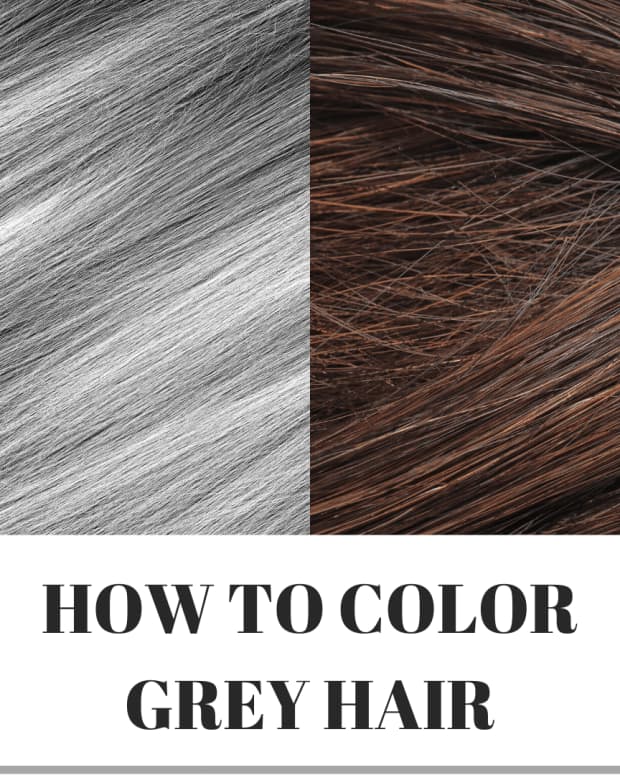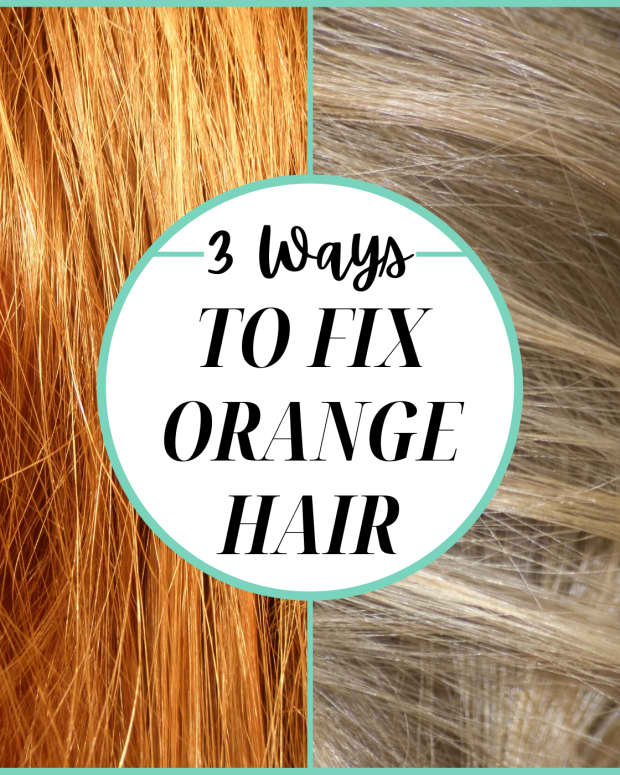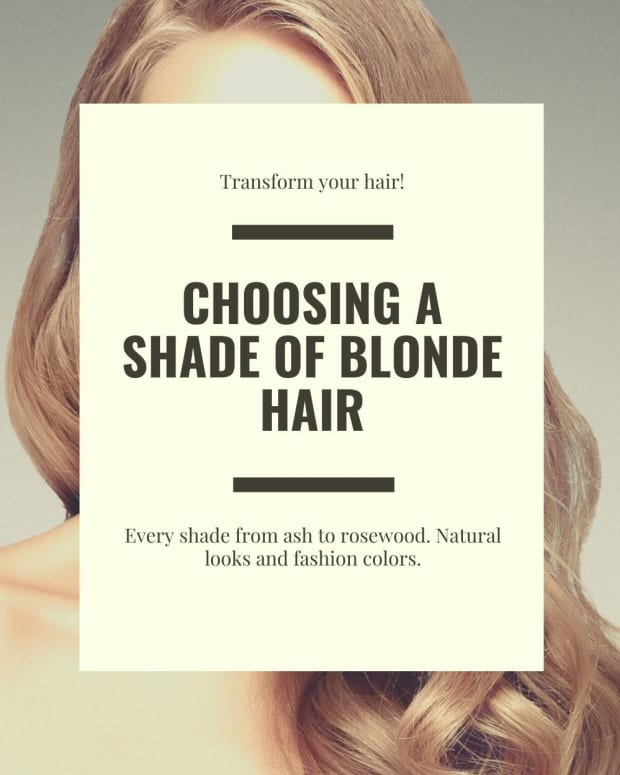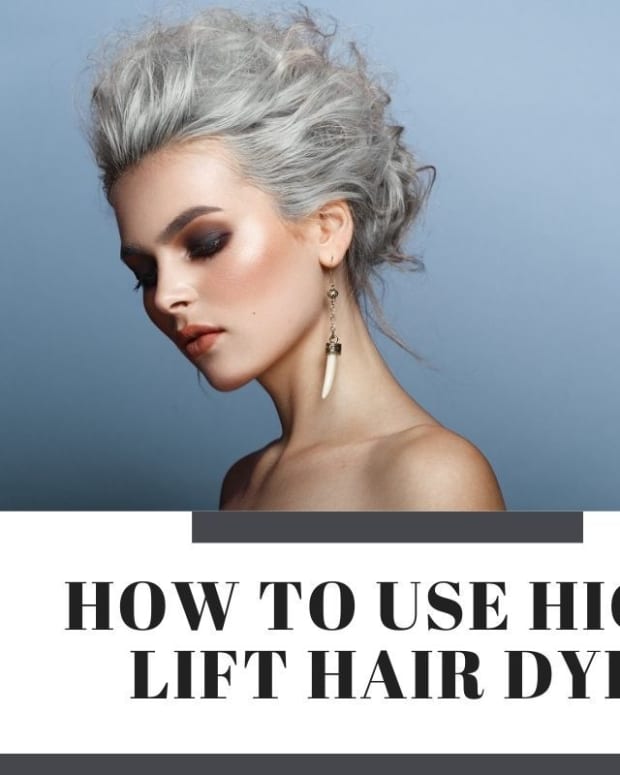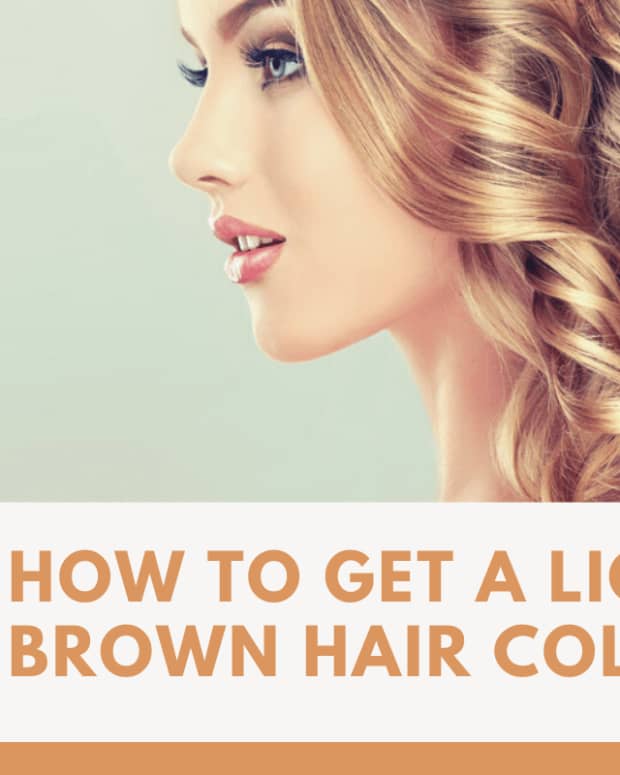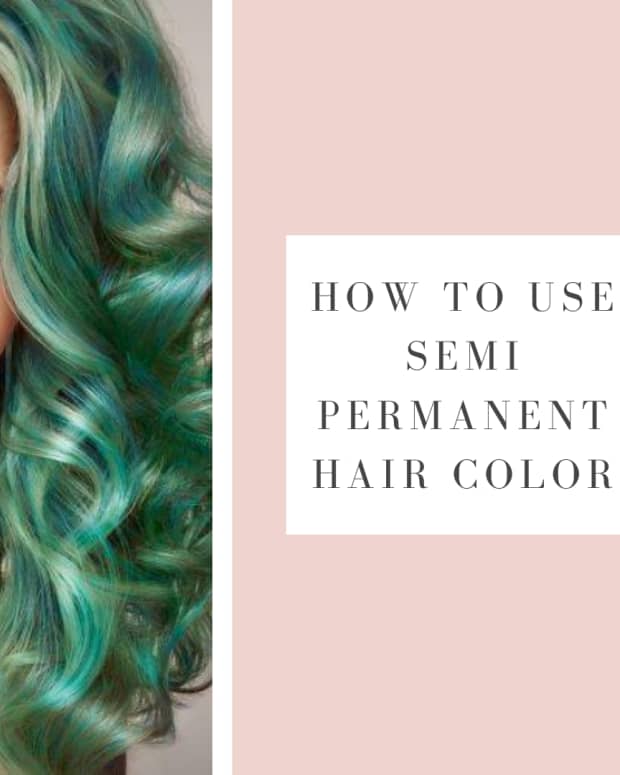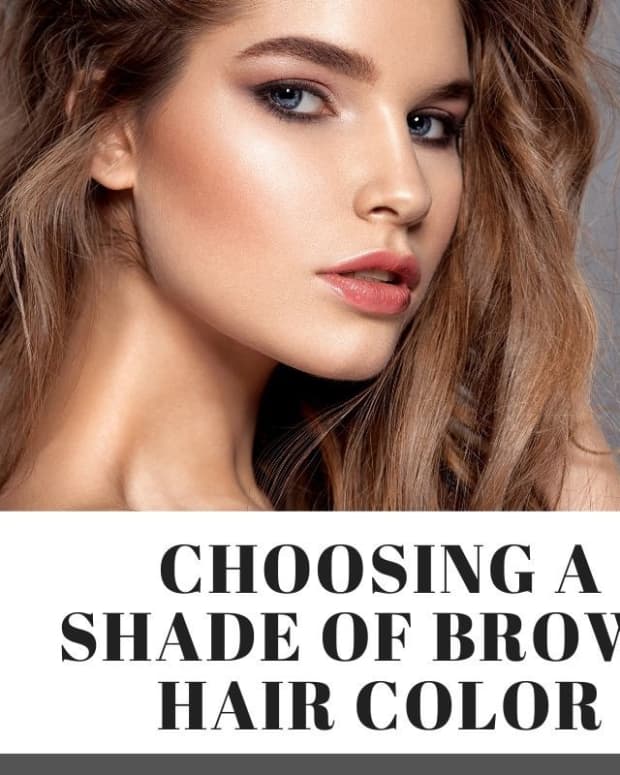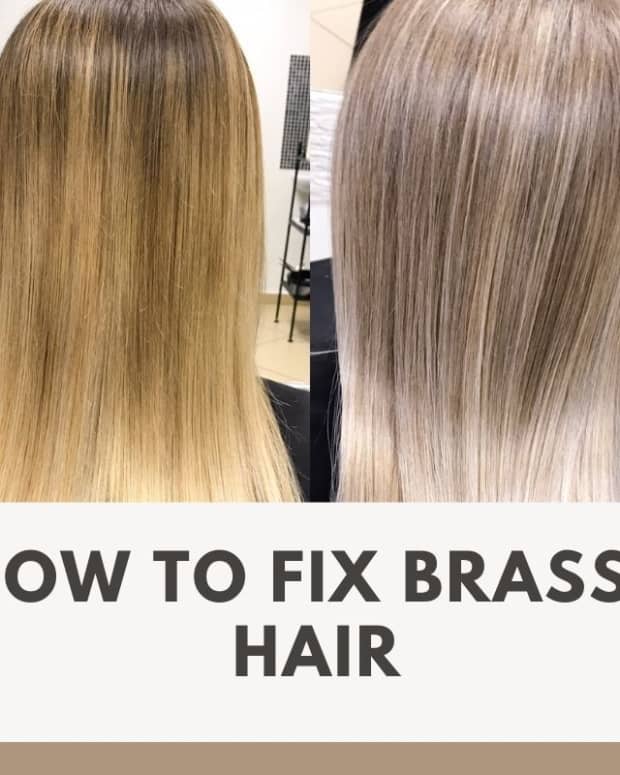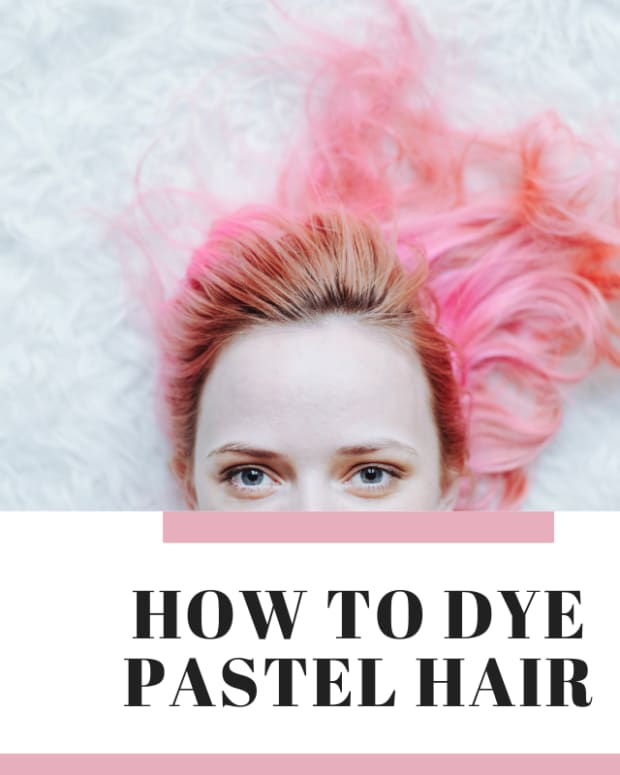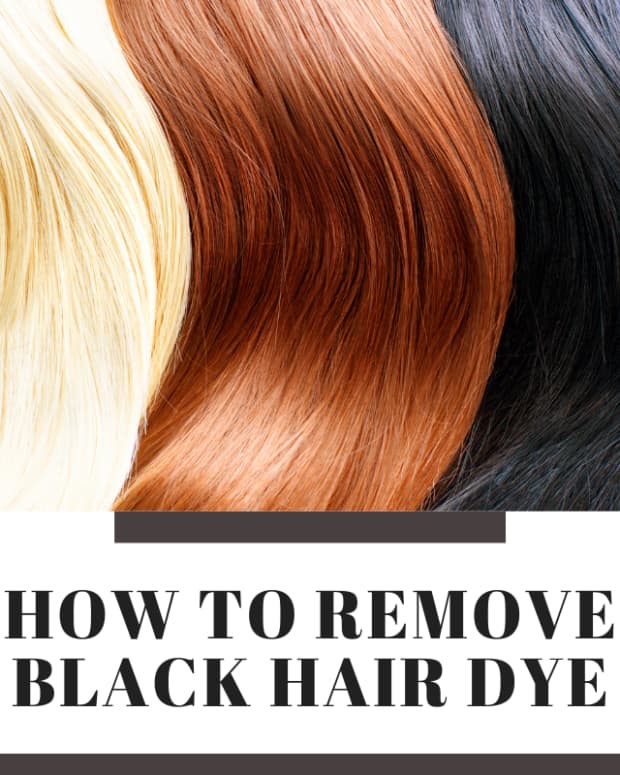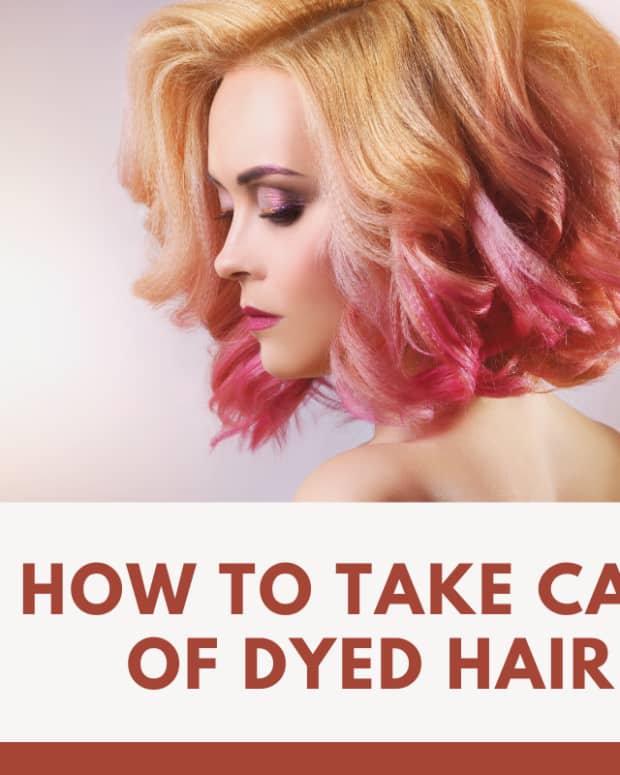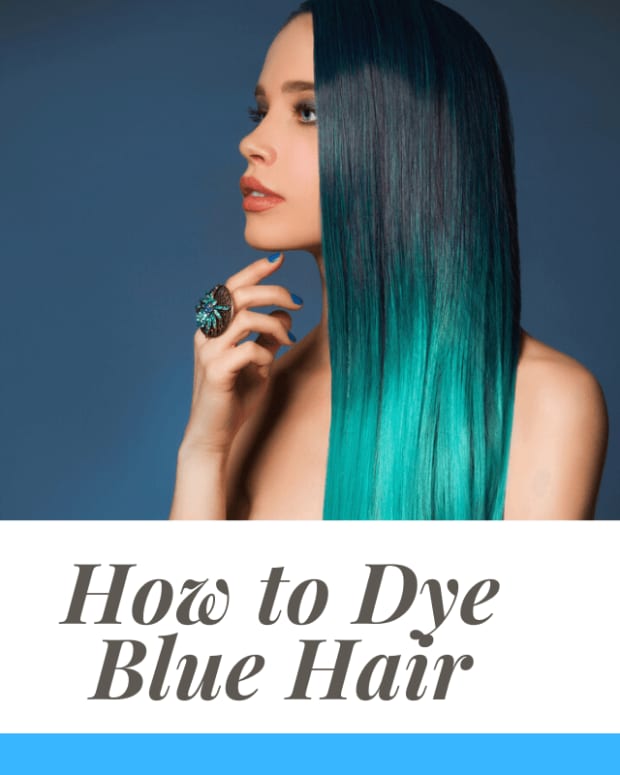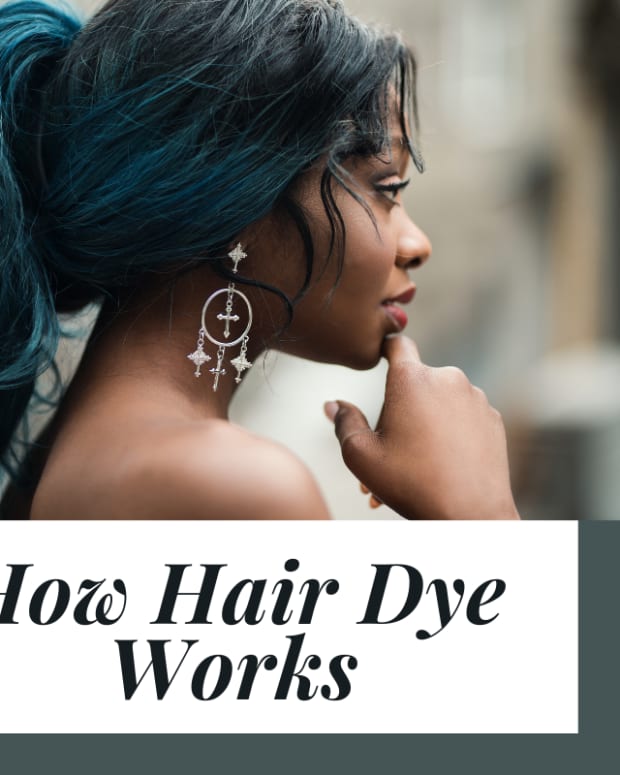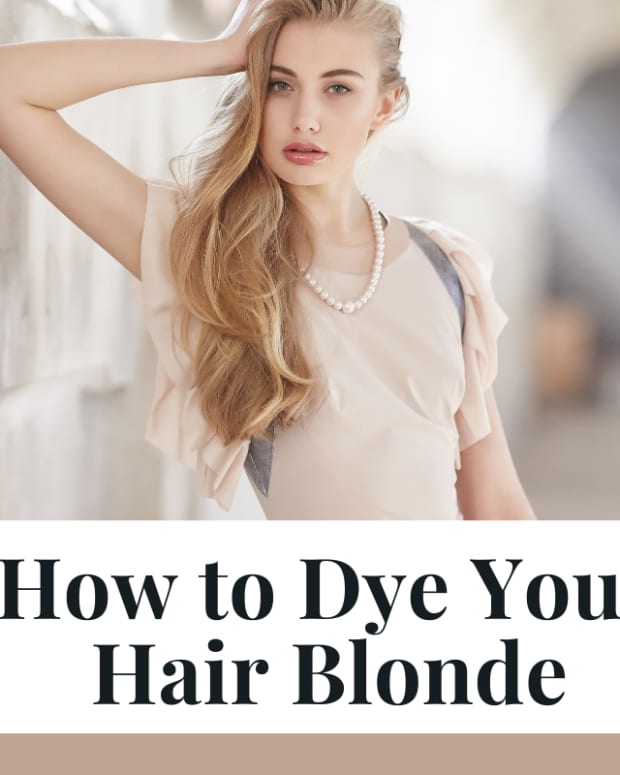How to Decrease Hair Color Fading
Maffew is a hairdresser, marketer, and dabbler in many things who enjoys sharing knowledge about the science of hair coloring and hair care.
Hair color fading is an unfortunate problem that occurs even with the use of a permanent dye. When fading starts to set in, what was once a vibrant, beautiful shade can turn drab and lifeless.
But it doesn't have to be that way! It's possible to slow fading or even reverse it with a quick retouch.
Why Does Hair Color Fade?
Hair color fades even if you've used a permanent dye, and this is just a fact that should be expected when you dye your hair. This is ultimately the result of a few different factors, including:
- How the dye was applied and the condition of your hair.
- How often you wash your hair and what shampoo you use.
- The ways you style your hair and the tools you use for it.
- Exposure to sunlight and humidity.
Understanding how each of these factors contributes to and causes fading is not only important to reduce fading, but will even help you to dye your hair in a way that makes the color more durable.
How to Improve Dye Application
The way you apply your dye is absolutely crucial to slowing the process of hair color fading because it's directly tied into why fading happens.
Permanent dye is able to be permanent because of the chemical action of developer on the dye molecules which changes them into a form that is bound to and trapped within the hair shaft. This results in these molecules becoming too large to be washed back out.
Knowing how it works can already give you two great insights into the causes behind a dye fading. Namely:
- Not letting the dye develop long enough
- Using a developer strength that is too low
Dye Development Time
Dye has to develop for an adequate amount of time in order to gain permanency and this directly affects how much fading occurs long after the dye has processed and been washed out.
Ideally, it is almost always the correct choice to let the dye develop for the maximum amount of time that the particular brand you're using recommends. Whilst your hair may appear to take on the correct color a lot earlier than this, washing it out too early leads to color that doesn't last long and this results in greater costs and time wasted further down the track when you're forced to retouch the shade a lot earlier than would otherwise be necessary.
Developer Volume
Developer is hydrogen peroxide and this is responsible for two processes in permanent dye:
- Lightening
- Color development
The stronger the developer, the more of the natural pigment it lifts, but more important to the process of fading is its impact on color development, as the name implies. This is also why a higher developer volume tends to regularly be used on resistant or grey hair because it leads to more color development, which results in greater color depth and a decreased likelihood of it washing out rapidly.
Ideally, you should use at least 10 vol developer in a permanent dye if going darker as this will process properly, but 20 vol developer is better in most cases if you tend to experience a lot of hair color fading. For shades that will be lighter than your starting color, use 20 vol for up to 2 levels of lift, 30 vol for up to 3 levels, or 40 vol developer for up to 4 levels of lift as a rough guide but refer to manufacturer directions for your own brand.
In a box dye, the developer is already included in an applicator bottle and you don't know what strength they've chosen but it's likely 20 vol for most shades, 10 vol for the darkest, and 30 vol for blonde shades to try to fit all purposes. You can choose to throw this out and replace it with the same amount of your own developer however and the dye's colorfastness can really be improved a lot of the time.
Alternatively, use salon dye instead and this is better in every way because box dyes are already notorious for fading—it's part of their business model to make you need to buy their products more often!
Read More From Bellatory
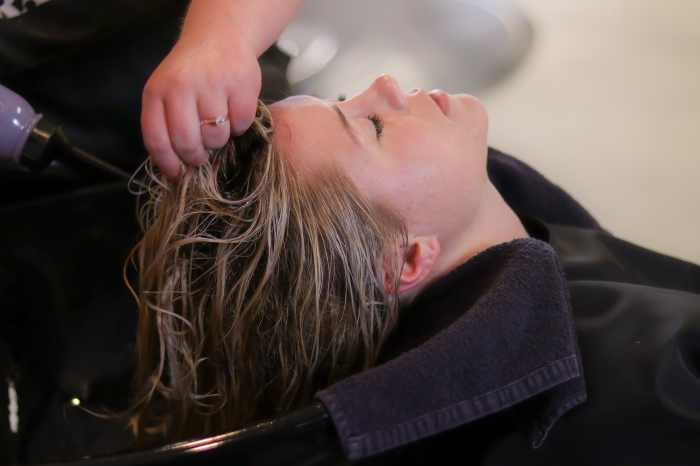
The shampoo you use and how often you wash your hair can have an effect on how long your color lasts.
Washing Hair
The biggest factor involved in exacerbating or decreasing fading besides how you apply your new shade is how you choose to wash your hair after dyeing. This includes the type of shampoo you use, how you use the shampoo, and how often you wash your hair.
Shampoo Choice
Shampoo is great for cleaning your hair because it emulsifies oils and all the other grime present allowing it to be carried out of the hair by water. Unfortunately, this also works on hair dye and shampoo tends to cause a little of your new color to be washed out every time you wash your hair.
Part of this problem comes down to your dye application as the shampoo is washing out dye molecules that didn't set inside the hair properly and instead stained the outside. For this reason, fixing problems with your application is already helping you before you even address your hair washing habits. However, some amount of permanent dye will break down a little over time and be washed out of the hair too.
The types of shampoos that are more likely to increase hair fading include:
- Clarifying shampoo
- Chelating shampoo
- Anti-dandruff shampoo and certain other kinds of medicated products
- Shampoo designed for oily hair
This is because all of these shampoos clean the hair very effectively. They're designed to strip out oils, debris, and hair product buildup but this also means they have a greater effect on your new hair color too.
Where possible, you should avoid these kinds of shampoos and instead use a shampoo designed for colored hair or with a milder cleansing action unless your hair is a more oily type and really needs the extra strength. For some shades like blonde or red, you may be able to get a toning or color refreshing shampoo to match your shade and reduce the fading by adding pigment back into your hair every wash.
- How to Choose the Best Shampoo
For more tips on how to choose the right shampoo for you to reduce fading while also fitting your other individual needs, see my article here.
How Often You Wash Your Hair
As well as the type of shampoo you use, how often you wash your hair has a direct effect on how fast your color fades.
Barely anyone needs to wash their hair every day, but this happens frequently and leads to increased fading and dryness. A simple tip is that if your hair suffers from dryness that improves over time between washes, you may be washing it too frequently. Shampooing your hair every other day is ideal for most people.
Obviously, you need to skip this recommendation if your hair is naturally very oily or you partake in a lot of physical activity due to work or recreation that results in your hair being exposed to sweat, saltwater, or humidity. In these situations, it's important to wash it more often to keep your hair feeling clean and looking great and you just need to accept that you'll get increased fading too.
Luckily there are still other ways to reduce hair color fading that you can apply.
Heat and Styling
Exposure to heat, particularly from the use of styling tools like blow dryers, straighteners, and curling rods is another significant factor in how fast your hair color fades. In this situation, the heat from tools like this can break down color molecules over time, causing them to be washed out of your hair more readily.
This doesn't mean you need to avoid heated styling, but you will diminish a lot of the color fading if you can. If you prefer to use these tools regularly though, one of the best ways to decrease its effect on your hair color is to always use a heat protectant serum or spray prior to applying any heat and this will help to not only reduce fading but also to reduce damage.
Another very important thing to note is that hair that is properly hydrated is less susceptible to fading or damage from heat and other factors, meaning that if you suffer from dry hair you should try products like leave-in conditioners or serums to remedy this before straightening or curling your hair.
Finally, with any heated styling tool, you should always use only the maximum heat that works to give you the style you want. In many cases, people use their straightener or curling rod at the maximum temperature by default and this can be highly damaging.
Unless you have very coarse, thick, strong hair, the maximum temperature is way too high for you, and even in those cases it can still be too high as many straighteners can be set up to 230°C (446°F) for use with keratin treatments and this temperature shouldn't be used except for the application of those treatments.
Sunlight and Humidity
Environmental factors are another important consideration to slow fading as the sun's UV radiation has a bleaching effect on hair color. In this case, sunlight directly causes fading by chemically altering both your natural pigment and the artificial color of the dye.
Just like how you can protect your skin from sunlight using sunscreen, certain shampoos and hair products contain UV filters to reduce the damaging effect of the sun on your hair and you should look for products like this if you are outdoors often and for long periods of time.
Pool and Beach Water
Water that contains salt or chlorine also has a significant effect on your hair. Salt is drying and this increases fading by stripping moisture out of your hair and color molecules with it, whereas chlorine in pool water has a bleaching effect that directly lightens hair color very slightly. Mineral deposits can also change how your color looks by giving a brassy or greenish tinge to your hair over time.
It's best to avoid exposure to either of these kinds of water if possible, but if you can't avoid it or simply don't want to, be sure to use a good chelating shampoo afterward and follow up with a decent conditioner or treatment. While a chelating shampoo normally increases fading, in this situation the benefit it has in stripping salt, chlorine, and minerals out of the hair leads to less fading than if you let those accumulate.
Humidity
Lastly, humidity or lack thereof is another relevant consideration if you suffer from a lot of fading. Moisture balance is very important for the condition of your hair and for retaining color longer.
Anything that upsets this balance can lead to an increase of fading and this means you should use a product that protects against moisture imbalance like a hair serum if you're exposed to a lot of high or low humidity conditions.
Hair Color Refreshing
It's never too late to take measures to decrease the fading of your new color, but if you already have significant fading then the best way to deal with this is to refresh your hair color instead. This can be done in a few ways, including:
- Color refreshing shampoo
- Semi-permanent or demi-permanent dye
- Color wash
- Dye retouch
Color Refreshing Shampoo
This kind of shampoo is pigmented and designed to add color back into your hair with each wash to delay or reverse fading. If you have blonde hair you're likely familiar with products like this because toning shampoos also fit into this category, but color refreshing shampoos are much broader than that and there are products that work for brown, red or even burgundy hair.
Deeply pigmented products may not just slow hair color fading but actually reverse it in lighter hair but this is dependent on what color your hair is and what shampoo you use. De Lorenzo's Nova Fusion line is a good example of a quality product with many different shades available though.
Semi-Permanent or Demi-Permanent Dye
Semi-permanent dye isn't damaging at all to hair, whilst demi-permanent is only very slightly damaging but lasts a lot longer. Either product can be used to refresh your hair color and reverse fading.
For this purpose, you want to use a shade that is close to what your hair color is, and these dyes can help to keep your hair looking great for longer between permanent dye applications without causing additional damage.
Color Wash
A color wash is kind of an old trick where you mix a little dye with shampoo either alone or with a splash of developer too and use this to wash your hair. This can be used regularly between regular washes to slow or even prevent hair color fading from occurring, but it also is very good at refreshing lost color.
Like the previous option, it is only very mildly damaging but it may dry out your hair a little so it needs to be followed up with a good conditioner.
Retouching
Hair color retouching is simply going back over it with the same dye to completely reverse the fading. This is the most extreme method to reverse fading, but it's also guaranteed to work swiftly and decisively to get your shade looking its best. It has more potential for damage but this is still less than a full dye application since it doesn't contact the hair as long.
Ideally, a retouch should be done when your root regrowth is long enough to treat. First, start by applying permanent dye only to your roots, then mix up some fresh dye and apply this to the lengths and ends in the last 10 minutes of the development to renew the fading color of these areas.
Dye Aftercare
Hair color fading can't entirely be avoided but it can be reduced or reversed and this is an important part of the aftercare of any dye application. Taking care of your color properly is the difference between saving time, money, and the condition of your hair. With a few adjustments to how you treat your hair, you can keep it looking and feeling its best.
Do you have a question about hair color fading or have problematic hair? Leave a comment for tailored advice and share your insight with other readers.
This content is accurate and true to the best of the author’s knowledge and is not meant to substitute for formal and individualized advice from a qualified professional.
© 2020 Maffew James
Comments
Maffew James (author) on September 23, 2020:
Hi Bella,
Exactly right. 10 vol developer for the lengths if you can and this will minimize damage to those areas.
Bella629 on September 11, 2020:
Hi Maffew,
Love your articles! Thank you so much for sharing the knowledge of hair coloring!
A question on retouching hair color, should I use a different volume developer for the length and ends (since they are lighter) from the roots?

